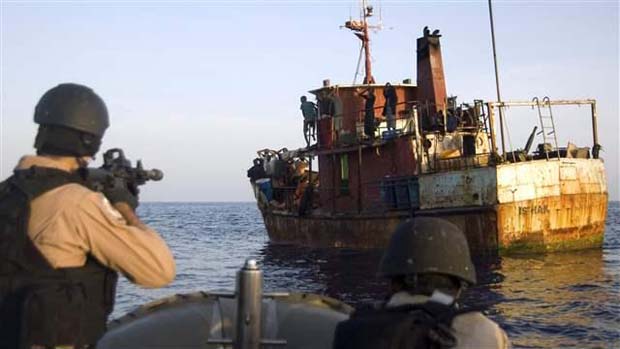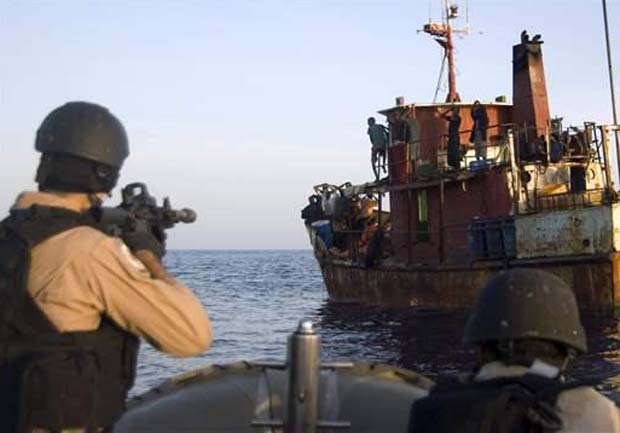Slavery at Sea: The Human Cost of Illegal Fishing
By Karen Sack
[dropcap]I[/dropcap]f you were to go out to dinner with five friends and all order seafood, it is more than likely that at least one of you would be eating a fish that has been illegally caught.
The environmental costs of illegal fishing are huge. The economic costs have been estimated at over $20billion per year. Now we have evidence of the human misery too.
Illegal fishing wrecks ecosystems and habitats because illegal fishers often use destructive gear with little thought for the ecological impacts of their activities. It steals food from the plates of impoverished coastal communities and small-scale fishers, and is particularly harmful to those countries that don’t have the means to effectively monitor and enforce their waters.
What is also becoming more obvious with research, is how many of these illegal big time fishers are connected to human slavery and trafficking, drugs smuggling and guns running. This illicit trade is recognized by the United Nations as a form of organized crime.
A spotlight has recently been shone on the human and environmental costs of illegal fishing with The Guardian, the Associated Press and now the New York Times, all exposing the very dark side of the fishing industry.
Outlaw Ocean — an investigative series published by journalist Ian Urbina in the New York Times this month — provides chilling details about the lack of regulation and the ‘Wild West’ nature of activities at sea.
The third and fourth installments focus on the fishing industry and the use of indentured labour in deplorable conditions. Workers are desperate for jobs to support their families and so sign contracts with unscrupulous operators that keep them at sea for years – siphoning off their earnings to pay for day-to-day necessities.
Human traffickers “facilitate” the exchange of workers — people who are then trapped on rusty floating hulks, which ‘resupply’ vessels at sea and so hardly have to go into port. Often these workers speak different languages from the vessels’ captains or fishing masters, cannot swim and live in terrible, inhumane conditions.
Urbina’s piece, for example, links the fishmeal contained in pet food back to some of the very personal stories of crimes at sea that he exposes. Perhaps it is time for all of us to start asking questions of some of the biggest global food brands. If we can trace a leaf of spinach from the seed that it is grown from all the way to our plates, why can we not do the same for fish?
This is a problem that can be solved. There may not be a single simple solution, but concerted action and leadership can get the robbers, stealing the world’s fish, off and out of the water. There are also practical, common sense tools that can be applied today to protect the marine environment and ensure that labour abuse and other crimes at sea don’t happen.

Illegal fishing is a worldwide problem costing billions. In Some African countries illegal Chinese fishing operations have completely depleted near shore fisheries. In other places illegal fishing has erased entire game fish stocks. Image U. S, Coast Guard.
Here are five steps to outlawing illegal fishing across the world’s oceans:
1. Every industrial fishing vessel, just like every commercial ship, should have a unique vessel identifier that stays with it from the time it is built until it is scrapped. Every mobile phone has one, every automobile has one, so there’s no reason for huge industrial fishing vessels to be exempt from such a requirement. They are called “IMO numbers” and are easy to get, but not yet required. Put them in a single database, combine them with strong domestic laws and penalties for illicit action, and you have the beginnings of a recipe for success.
[information]
[/information]







